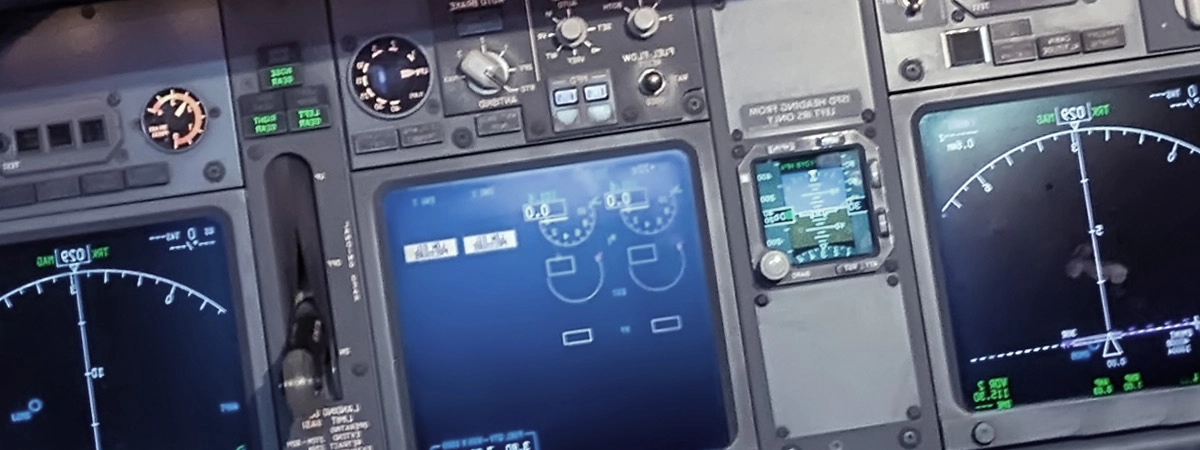IEC 62288 Presentation Testing of Navigation Information Displays
The International Electrotechnical Commission (IEC) standard IEC 62288 specifies the presentation testing procedures for navigation information displays in marine and ship equipment. This service ensures that all navigation systems on board ships comply with international safety standards, enhancing operational reliability and ensuring the safety of crew and passengers.
The standard addresses the visual aspect of navigation displays, focusing on clarity, readability, and consistency under various environmental conditions. It is particularly relevant for modern electronic chart display and information systems (ECDIS) which are integral to safe maritime operations. The testing covers several critical aspects including:
- Visual acuity
- Contrast and brightness
- Readability in different lighting conditions
- Consistency of presentation across similar displays
The importance of this test cannot be overstated. In a maritime environment, where visibility can vary dramatically from bright sunlight to pitch darkness, the clarity and legibility of navigation information are paramount. A single error or misinterpretation due to poor display quality could lead to navigational hazards, accidents, and potentially life-threatening situations.
The IEC 62288 standard ensures that all systems meet rigorous testing criteria before being approved for use in the marine industry. This not only protects the integrity of navigation data but also contributes to a safer maritime ecosystem. The service involves a series of controlled tests conducted under simulated environmental conditions, which accurately replicate real-world scenarios.
During the test process, we employ specialized equipment and methodologies that adhere strictly to IEC 62288 guidelines. This includes using calibrated measurement devices for luminance and contrast, as well as simulating various lighting environments such as direct sunlight, shaded areas, and low-light conditions. The testing apparatus is designed to mimic actual operational scenarios, ensuring the accuracy and reliability of results.
The testing process typically involves multiple stages including initial setup, calibration, baseline measurements, performance under different lighting conditions, and final evaluation. Each stage is meticulously documented to ensure comprehensive coverage and repeatability. The resulting data provides a detailed assessment of each system's compliance with IEC 62288 standards.
The findings from this testing are critical for both manufacturers and maritime operators. For manufacturers, it ensures that their products meet stringent international safety requirements, which is essential for market entry and regulatory compliance. For maritime operators, the results affirm the reliability of navigation systems, enhancing confidence in equipment performance and overall operational safety.
In conclusion, IEC 62288 presentation testing is a vital component of ensuring safe and effective marine operations. By adhering to this standard, we contribute significantly to reducing risks associated with poor display quality and enhance the overall maritime environment.
Why It Matters
The importance of navigation information displays cannot be overstated in the context of maritime safety and efficiency. These systems are not just tools; they are lifelines for crew members navigating vast oceans, often under challenging conditions. The clarity and reliability of these displays directly impact decision-making processes that can mean the difference between a smooth voyage and a catastrophic incident.
Compliance with IEC 62288 is crucial because it ensures that navigation systems meet stringent international safety standards. This standardization helps prevent discrepancies in display quality across different manufacturers, ensuring a uniform level of performance and reliability. Consistent adherence to these standards promotes trust among crew members and stakeholders, thereby enhancing overall operational efficiency.
The real-world implications of non-compliance are dire. Inadequate displays can lead to navigational errors, communication breakdowns, and even collisions. These issues not only jeopardize the safety of personnel but also have significant financial ramifications for operators. By investing in IEC 62288 compliant systems, stakeholders ensure they are operating within regulatory frameworks while minimizing risks.
Furthermore, compliance with this standard helps maintain a consistent level of performance across different environments and conditions. This consistency is essential for maintaining the integrity of navigation data, ensuring that critical information is always presented accurately and reliably. In an industry where precision matters more than ever before, such standards are indispensable.
Why Choose This Test
- Promotes Safety: Ensures that all navigational displays meet the highest safety standards, reducing risks of errors and accidents.
- Enhances Reliability: Provides consistent performance across different lighting conditions, ensuring reliable information presentation.
- Meets Regulatory Requirements: Adherence to IEC 62288 ensures compliance with international regulations, facilitating market entry and operations in various jurisdictions.
- Improves Quality Control: Rigorous testing identifies any discrepancies or issues early on, allowing for necessary adjustments before deployment.
- Enhances Reputation: Demonstrates commitment to excellence and reliability, building trust with clients and stakeholders.
- Sustains Operational Efficiency: Reliable systems contribute to smoother operations, reducing downtime and operational costs.
The IEC 62288 presentation testing service is a critical investment for any entity involved in maritime activities. By choosing this test, you not only comply with international standards but also ensure that your equipment stands out for its reliability and safety.
Competitive Advantage and Market Impact
- Innovation Leadership: Compliance with IEC 62288 demonstrates a commitment to innovation, ensuring that you are at the forefront of maritime technology.
- Enhanced Reputation: Your products will be recognized as meeting the highest international standards, which is crucial for gaining market share and trust.
- Regulatory Compliance: Adherence to these standards ensures compliance with regulations in multiple jurisdictions, facilitating global operations without regulatory bottlenecks.
- Cost Savings: Early identification of issues through thorough testing can prevent costly rework or recalls later on.
- Increased Safety: By ensuring that all navigation systems meet the highest safety standards, you contribute to a safer maritime environment.
The impact of IEC 62288 presentation testing is far-reaching. Not only does it enhance your competitive edge by setting higher quality benchmarks, but it also contributes to global maritime safety and efficiency. By choosing this service, you are making an investment in the future success and reliability of your products.





